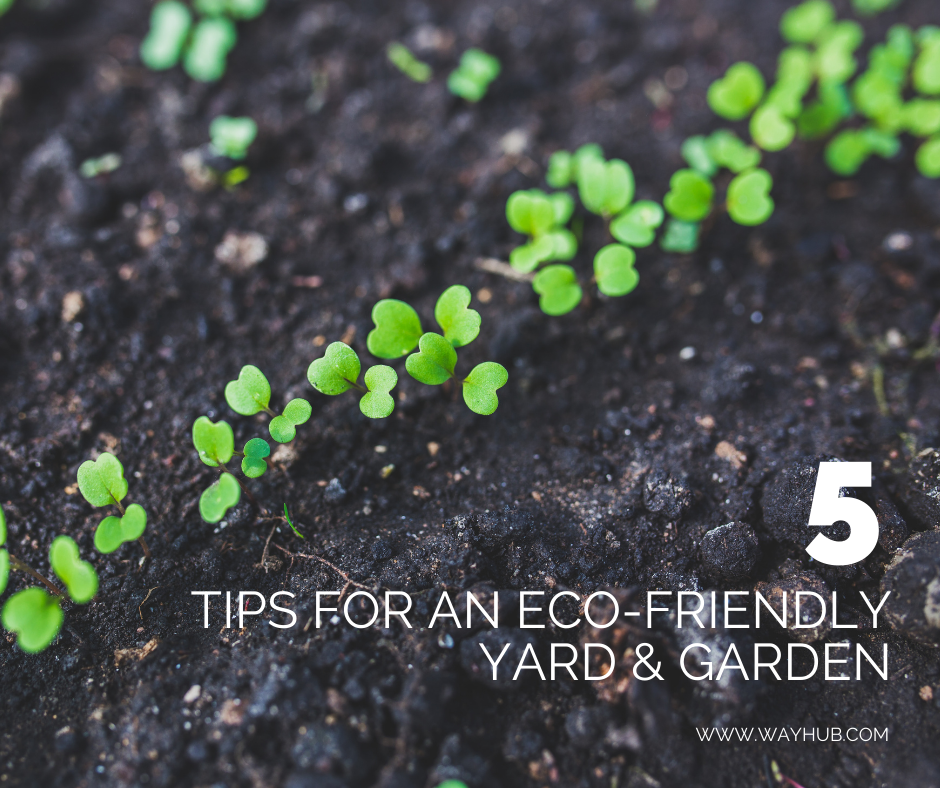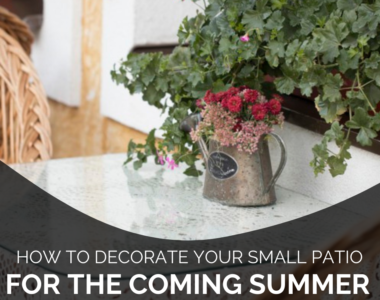
One doesn’t have to say that there are a bunch of benefits you gain from forming an eco-friendly garden and yard because it’s evidently clear to anyone! It’s not just about supporting the environment. It also aids your mental and physical health. Whether you are new to the whole gardening thing or have the right amount of experience, these tips and tricks will help you increase sustainability at home.
Choose Native Plants
Since native plants are indigenous to that particular region and have adapted to its soil, native plants require less pesticides, fertilizer and water. Additionally, native plants are known to have a better relationship with other surrounding life forms. That’s another factor that makes them sustainable.
How to find native plants:
It starts with research! You can perform an online search or simply dive into an ecology book to find the plants that are native to where you live. You can also try the National Wildlife Federation’s Native Plant Finder for this task.
Reduce Your Lawn
Reducing the area covered in grass lawn in your garden is another eco-friendly choice. This is specially if it’s a dry region because traditional grass lawns will be hard to maintain if not native. Usually, grass lawns require a lot of water, pesticides and fertilizer. And if you don’t feel like getting rid of your lawn, you can find a section in your garden that would look great with plants and rocks.
How to reduce lawn:
Try replacing the lawn with native plants. Use native and flowering plants to downsize your lawn. You can add mulch as well, as it retains the moisture in the soil. Rocks are another choice you can make if you are in a dry area. You can replace a part of the lawn with rocks and around the rocks, place plants like cacti.
Water Conservation
Watering is essential to upkeep a garden and yard but there is always a way to cut down that water consumption. It’s beneficial to both the environment and your wallet.
How to cut down water consumption:
The best time to water is early in the morning (5.00 – 9.00 a.m.). How come? The temperatures during that time are still cool. So water quickly makes its way into the soil and roots. It reduces the loss of evaporation. And on the other hand, watering in late afternoons makes the beds stay wet overnight and potentially leads to diseases.
Soaker hoses are the best pick to water your garden efficiently. They deliver water slowly than other hoses and conserve. Remember to always water near the base of plants. It damages the leaves when you directly water on them and brings pests and fungus. You can also harvest rainwater. Use rain barrels, rain chains and cisterns to store and harvest rainwater for later use. Reduce your water footprint and keep your greenery fresh and nourished!
Composting
Starting composting is a very beneficial way to make your yard more eco-friendly, not to mention that it reduces your food waste and carbon footprint. You can recycle anything that comes from the ground. For example, banana peels, apple cores, avocados pits, cucumber, stale bread, leftover pasta, coffee grounds, plant prunings, tea bags, egg shells, leaves, wood shavings, newspapers and etc.
What can’t you compost: fish, meat, bones, fats, dairy and yard waste that is diseased. Diseased yard waste here means if a plant becomes diseased and dies, that plant can’t be composted. The same applies to dog poop.
Tips for composting at home:
You have to remember what can be composted and what cannot be composted. Wrong materials will seriously harm it. Compost is decaying which means the smell is inevitable. But we have ways to contain these smells. You can secure the compost container by using a tight lid or put it in the freezer. Composting may take months. So, be patient!
Attract Pollinators
Pollinators and plants have a give-and-take relationship according to Penn State’s Center for Pollinator Research: “Pollination results in the production of seeds and is necessary for many plants to reproduce. Meanwhile, pollinators receive nectar and/or pollen rewards from the flowers that they visit”. It’s like trees and humans. Plants and pollinators depend on each other. Therefore, choosing plants to attract pollinators benefits your greenery and the pollinators both.
Tips to attract pollinators:
You can pick a diverse range of plants. Perennials and seasonal aid attract different pollinators. You can also mix up the colors since different pollinators tend to respond to different colors. So, add variety to your color palette. Remember to add a birdbath, pond, fountain or feeder to your garden because pollinators need water to survive. Pesticides may drive away pollinators. Ensure to use pesticides wisely and lastly, use natural pesticides.






